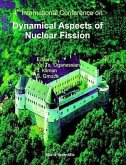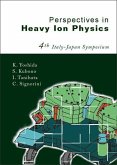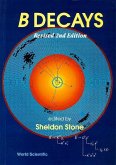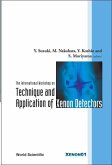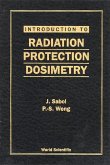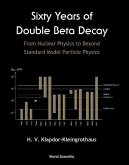This book originates from the lectures given to undergraduate and graduate students over several academic years in Milan and Montreal by the two authors. Student feedback resulted in a systematic and comprehensive presentation of the basic principles of a field which is under continuous development. The physics principles of radiation interaction with matter are introduced and discussed, providing the background knowledge to understand how radiation can be detected. The content allows the understanding of technical developments of detectors and detecting media of increasing complexity and sophistication. The chapters deal with collision and radiation energy losses by charged particles, photon absorption and nuclear collision in matter. Particular attention is given to the discussion of energy loss, electronic and nuclear stopping powers, energy straggling, and absorption of photons and hadrons in media. Furthermore, transport mechanisms in semiconductors are also discussed, as well as the physical processes resulting in displacement damage from non-ionizing energy-loss (NIEL) deposition. The book also covers the principles of particle energy determination, solid state detectors including pixel detectors and tracking devices in general, wire chambers, radiation environments and damages in semiconductor detectors, single event effects, space experiments, heliosphere and Earth magnetosphere, droplet detectors for dark matter search, double beta decay, and applications in the field of nuclear medicine. Detailed examples are presented which illustrate the operation of the various types of detectors. Their discussion helps the understanding of the optimization factors.
Bitte wählen Sie Ihr Anliegen aus.
Rechnungen
Retourenschein anfordern
Bestellstatus
Storno


